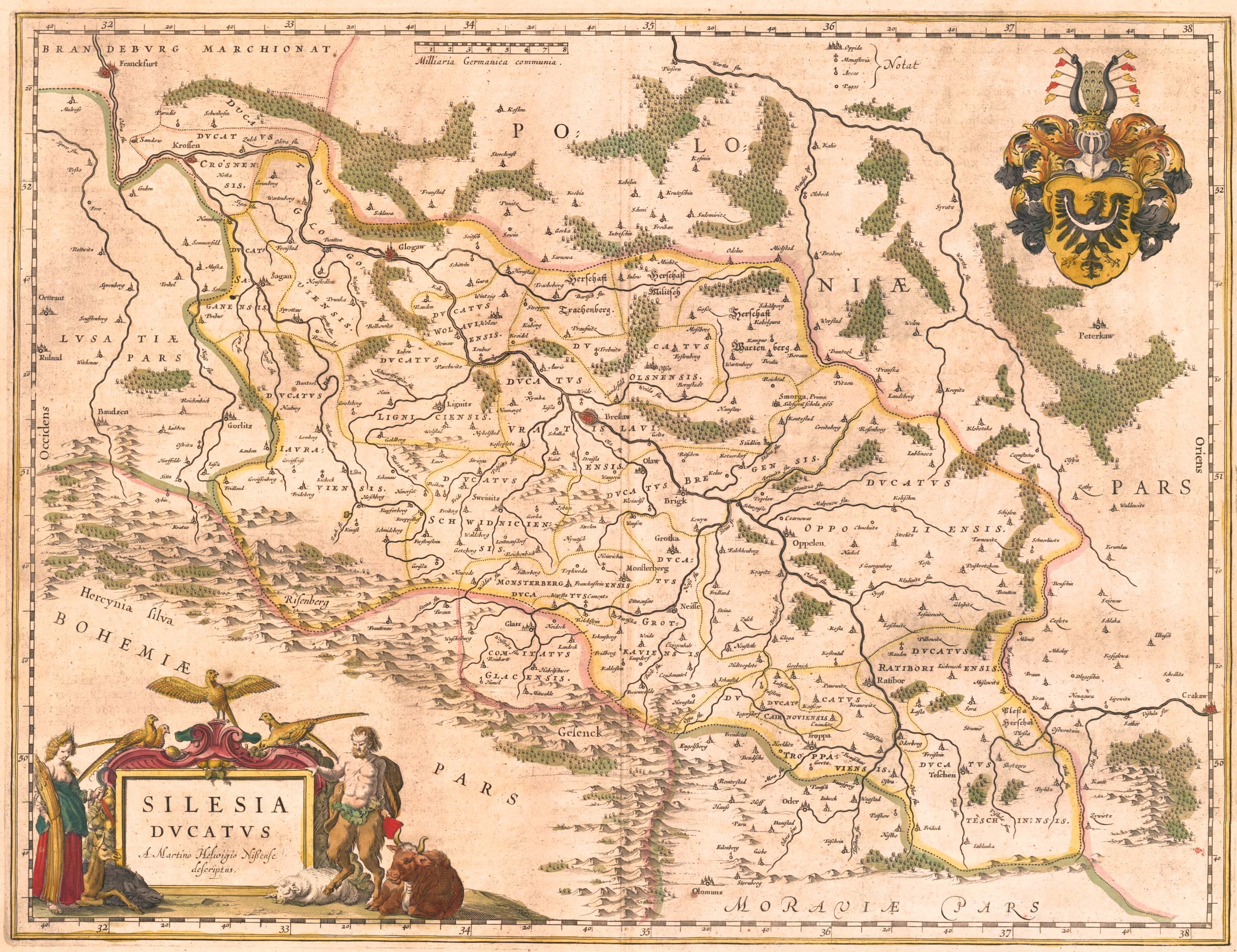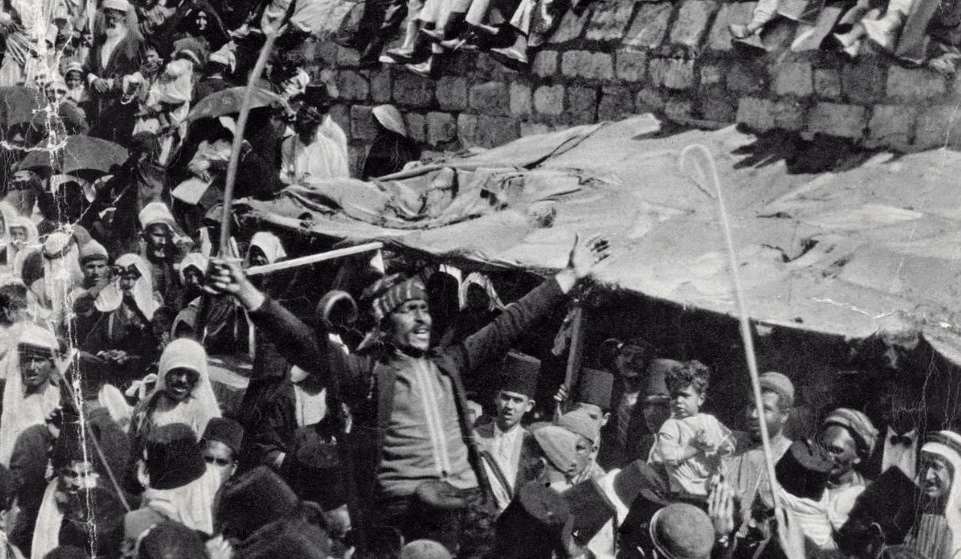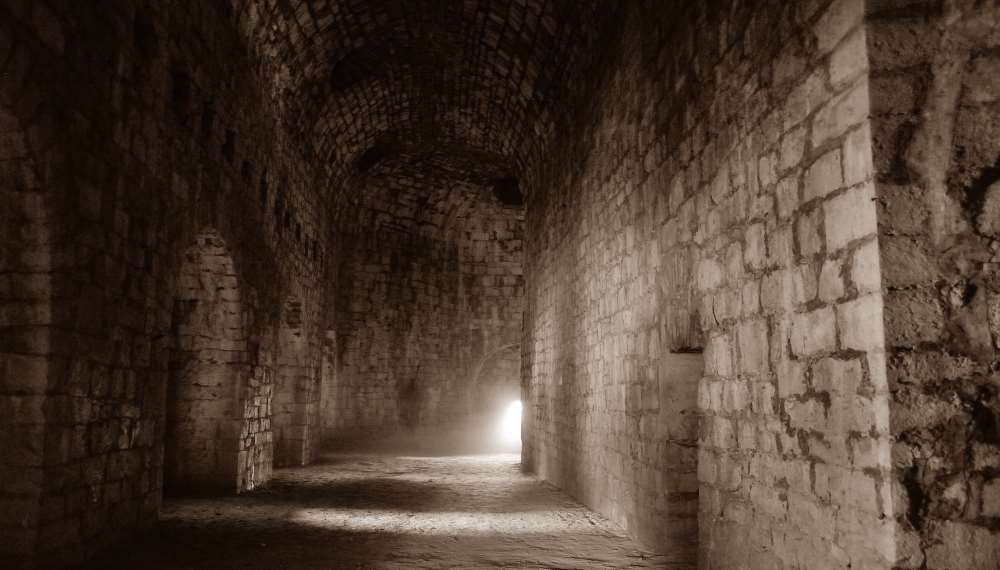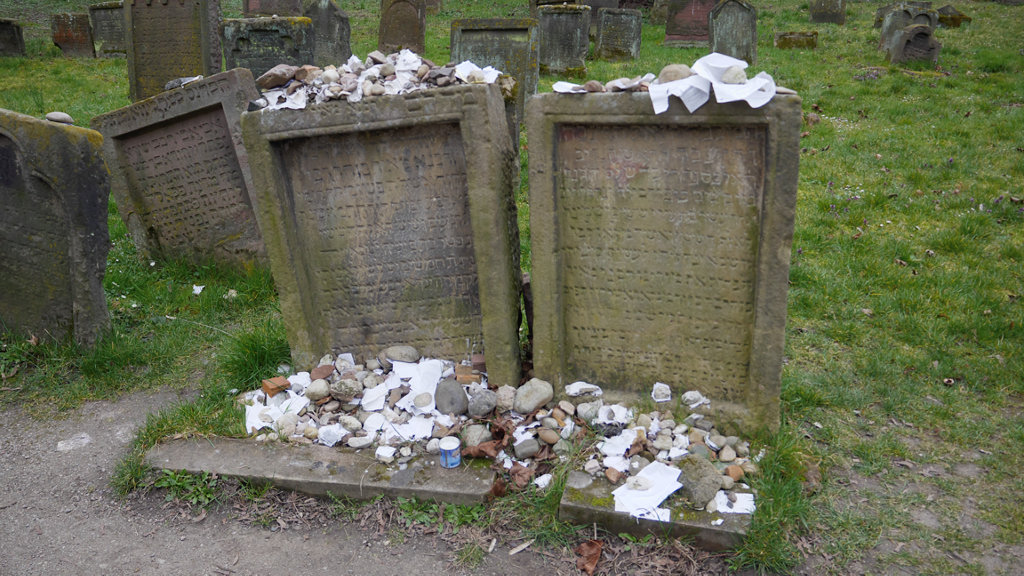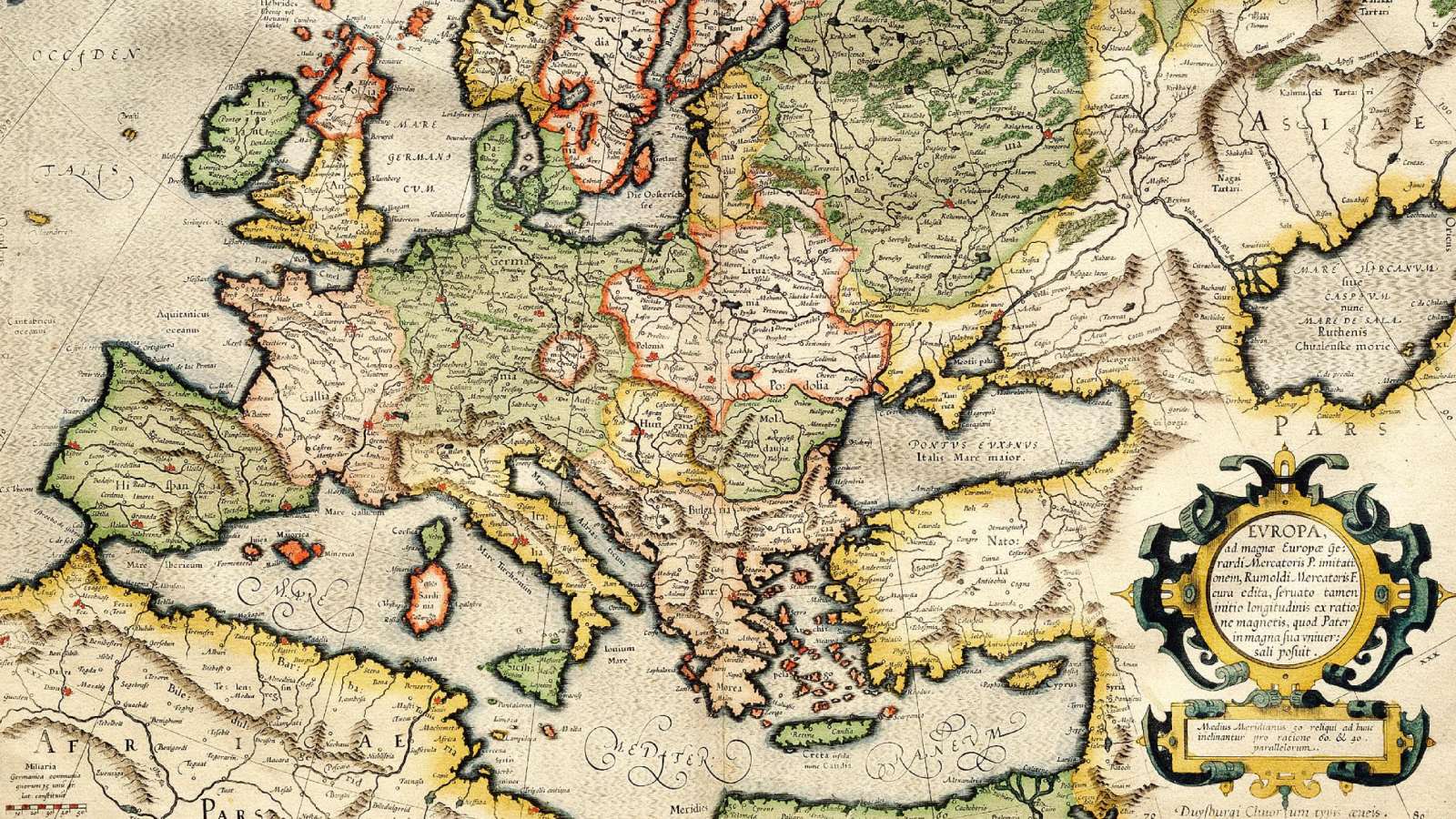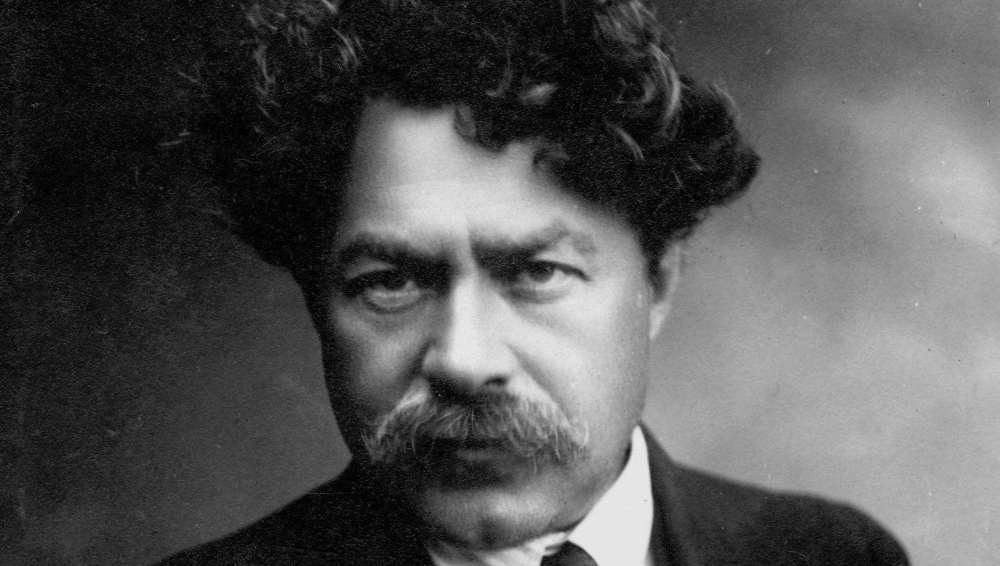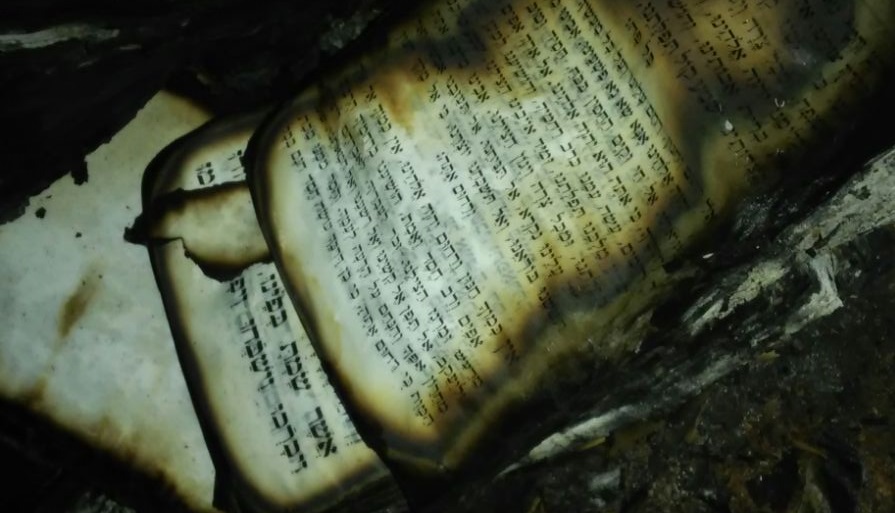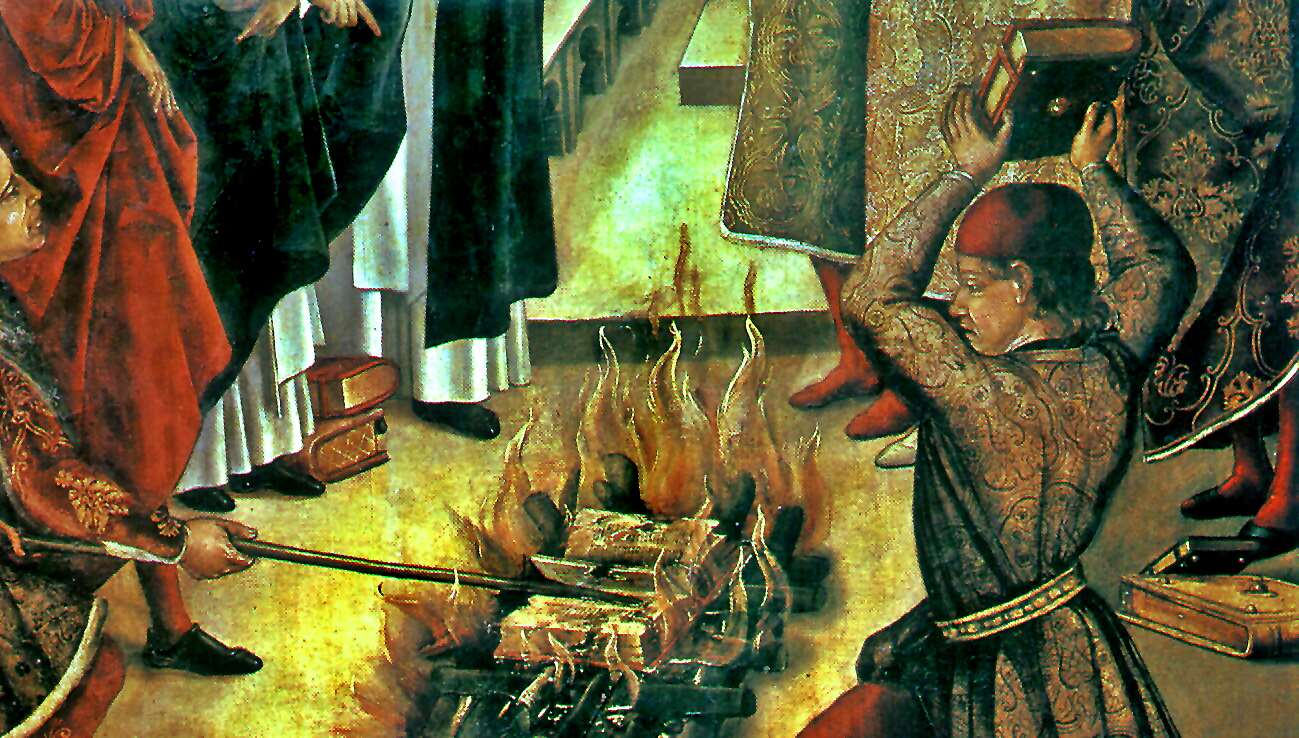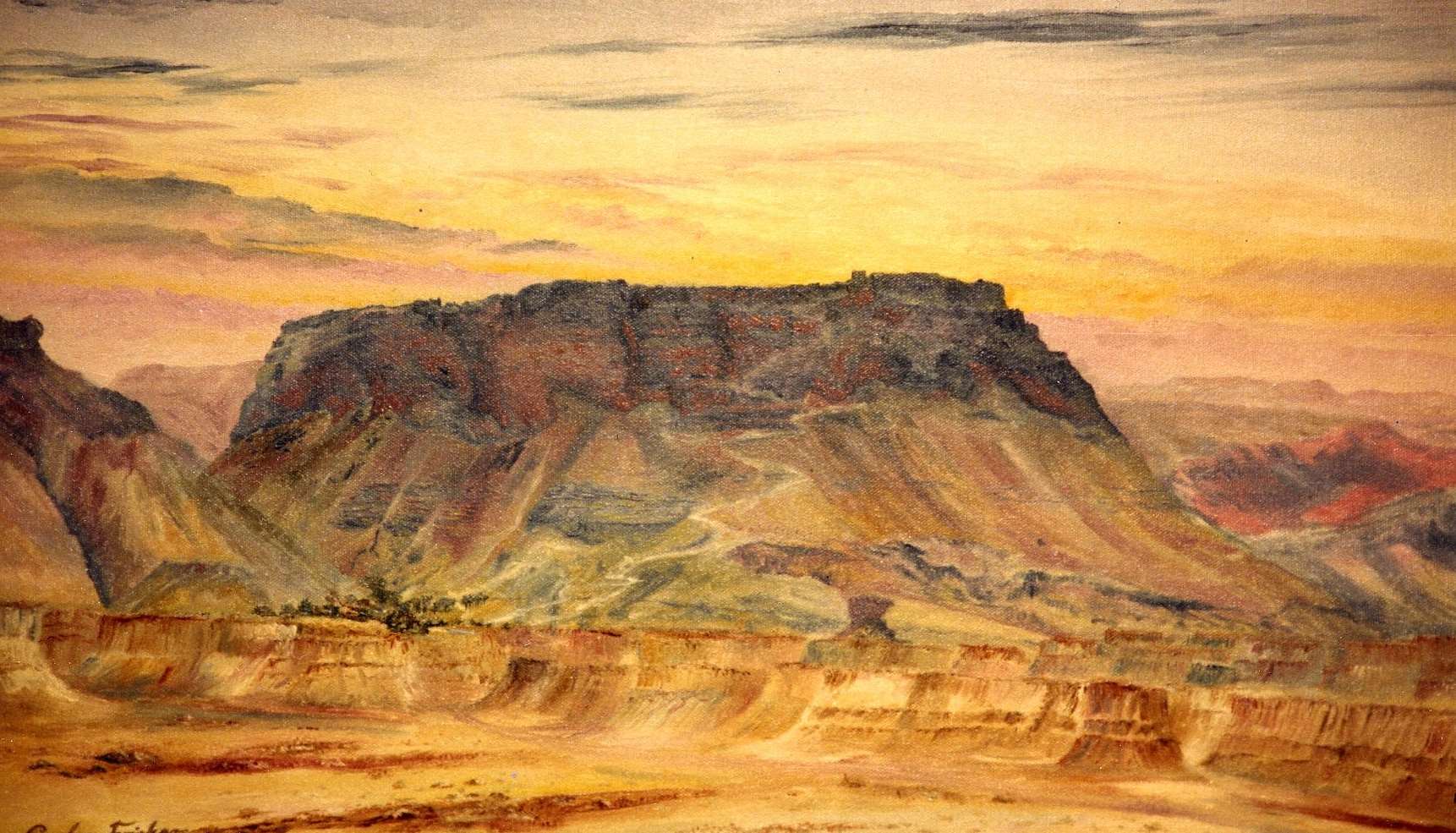The oldest documented member of the Silesian Branch is one Fajwel Rotenberg, who was born around 1788 but probably not in Silesia, but most likely in Mazovia — in the town of Magnuszew, 59 Km south-east of Warsaw. The origin of the Jewish population settling in Magnuszew is not entirely clear. They most likely arrived…
The Rotenbergs of Silesia (I) – A Search Begins
The first time I made a family tree was for a primary school project; I do not recall exactly how old I was. During those days genealogical information was hard to come by and the trees presented by most students in the class were somewhat limited. My tree was one of the few going back…
The Master Plasterers of Wladowa (I): Death at the Jaffa Gate
In the early afternoon of Friday August 23rd, 1929, Yosef and Yehuda Rotenberg, master plasterers and whitewashers, were wrapping up another day of work on a transformer belonging to the Jerusalem Electric Company. The Sabbath was only a few hours away and they were hurrying home. Yosef and his younger brother Yehuda, still carrying his…
The Tower Prison
The condition of the Jews of Germany was such toward the end of the thirteenth century that they were not for a moment sure of their lives and property. Under these circumstances many Jews emigrated. The return to Zion especially attracted the fugitives, as in that country very favorable conditions were obtained for Jews during…
The Two Graves
In the spring of 1942, Shaul Tchernichovsky, one of the greatest Hebrew poets, sat down and wrote a collection of seven ballads — the Ballads of Worms. The fifth ballad in the series, written in late March in Tel Aviv, is named after a pair of graves located in what is now the oldest Jewish…
The Road to Zion
After fleeing France, Meir ben Baruch headed back east to Franconia where he officiated as Rabbi in the cities of Kostnitz, Augsburg, Würzburg, Rothenburg, Worms, Nuremberg, and Mayence. This order is probably chronological; but not much is known of Meir ben Baruch’s terms of office in these different communities. We do know, however, that his…
The Prince-Bishop’s Hunt
In the spring of 1942, as war was raging in Europe and the world, Shaul Tchernichovsky, one of the greatest Hebrew poets, sat down and wrote a collection of seven ballads — the Ballads of Worms. Some 700 years have passed since the Prince-Bishop of Basel went on his eventful hunt and until the event…
Torah Scroll Consumed by Fire – שאלי שרופה באש
This kina by the Meir ben Baruch, the Maharam of Rothenburg, was composed in reaction to the burning of the Talmud in Paris in the year 1242. It is sung to this day by observing Jews during the fast of Tisha B’Av. In this beautifully written lament the Maharam borrows heavily from Rabbi Yehudah Ha’Levi’s…
Saint Louis’ Burning
Meir ben Baruch was, most likely, in his late thirties when he arrived at the small castle town of Rothenburg ob-der-Tauber, a town that will become his namesake. He and his pupils quickly settled in what is now known as the Judengasse. A Yeshiva was promptly opened in his house for the local Jewish community…
The Stronghold
Four hundred meters overlooking the rocky desert lay a remote citadel sitting on an isolated rock plateau. A battling ram was making its final thrust through the walls of the last remaining rebel stronghold – known simply as The Fortress. A siege was at its end — a seven year rebellion was about to be…
